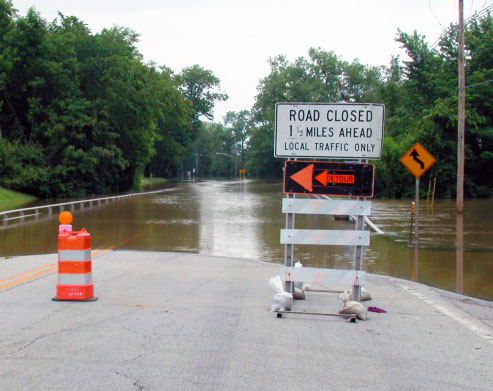 Anjanette Riley was at last week’s Resilient Chicago workshop on climate trends and adaptive planning. She had this to say about the event:
Anjanette Riley was at last week’s Resilient Chicago workshop on climate trends and adaptive planning. She had this to say about the event: About Newsroom
 Anjanette Riley was at last week’s Resilient Chicago workshop on climate trends and adaptive planning. She had this to say about the event:
Anjanette Riley was at last week’s Resilient Chicago workshop on climate trends and adaptive planning. She had this to say about the event: Recent News
- IISG’s Eliana Brown wins 2025 Illinois Extension Excellence Award
- We’re hiring eight interns for summer 2026
- In 2026, IISG intends to fund 10 research projects focused on coastal concerns
- IISG looks back on 30 years of AIS outreach
- New step-by-step guide and veterinary brochures expand UnwantedMeds.org resources
IISG Instagram
From supporting cutting-edge research to empowering educators, students, and Great Lakes communities, 2025 was a year of collaboration, learning, and impact.
Thank you to our partners, researchers, educators, and community members who made it all possible. Here’s to another year of protecting, exploring, and sustaining the Great Lakes!

Register Now for HASTI 2026! The early bird registration rate expires tomorrow!
We’re excited to be presenting The Watershed Game at the conference. The game is a hands-on activity that helps educators and students explore water quality, land use, and community decision-making.
✅ Don’t miss this opportunity to connect with fellow educators and bring new tools to your classroom!
📅 Event Details & Registration at the link in bio.

Keeping on top of your farm finances can be a daunting task, but knowing what numbers to track, what the numbers mean, when to spend, and when to save can be critical for the long-term health of your aquaculture business finances.
This webinar series will provide you with an overview of practical information for managing your farm’s finances. All webinars begin at 12pm ET. Registrants will be sent a webinar recording. All recordings will be added to a YouTube playlist on Ohio Sea Grant and Illinois-Indiana Sea Grant YouTube pages.
Learn more at the link in bio.

Educators—this is for you!
Unlock the potential of Great Lakes education with the latest issue of the Center for Great Lakes Literacy newsletter. Explore exciting opportunities like vessel-based learning, an aquaculture competition, and classroom-ready resources on maritime heritage, harmful algal blooms, invasive species, and more!
Learn more at the link in bio.


